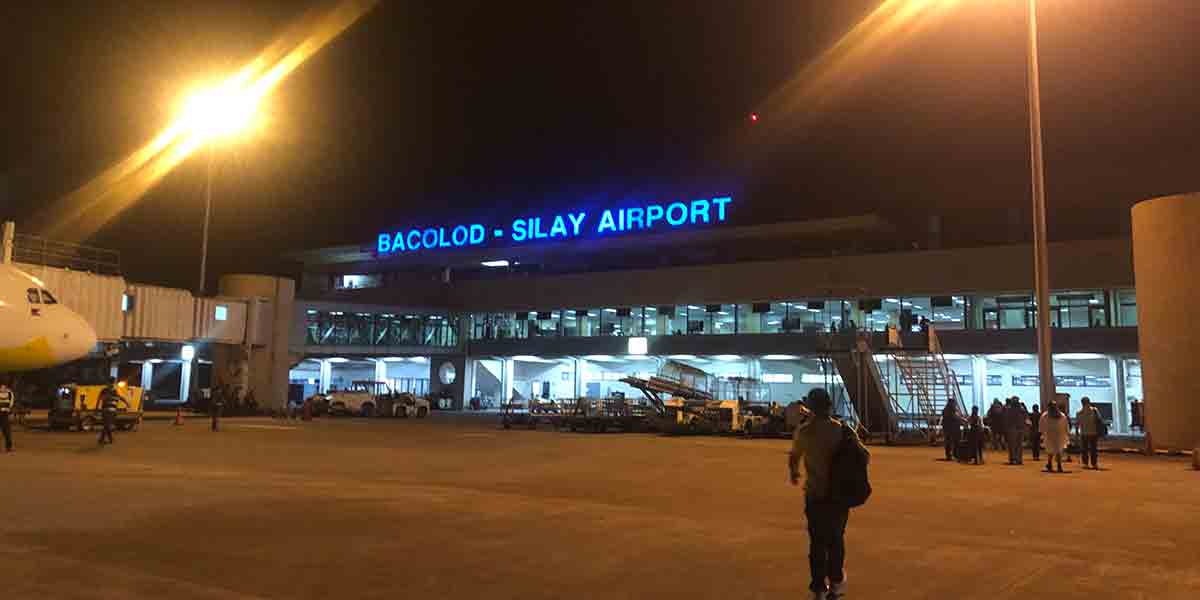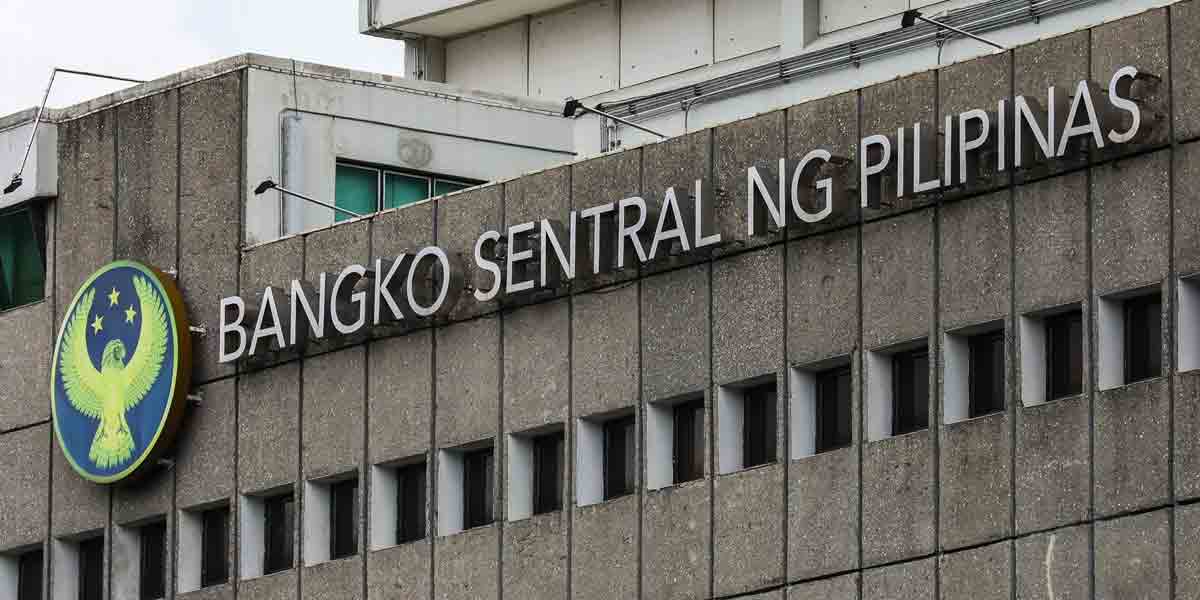The country’s inflation rate continued to slow down for the fifth consecutive month, registering its lowest rate in 13 months, according to the National Economic and Development Authority (NEDA).
The Philippine Statistics Authority reported today that inflation eased further to 5.4 percent in June 2023 from 6.1 percent in May 2023, marking the lowest rate since June 2022.
“We are making progress in managing inflation and we can expect that it will decline to within 2-4 percent by the end of the year. The government remains committed to protecting the purchasing power of the Filipino people by ensuring food security, reducing transport and logistics costs, and lowering energy costs for Filipino households” said NEDA Secretary Arsenio M. Balisacan.
The slowdown is primarily attributed to slower food inflation, which declined to 6.7 percent from 7.5 percent in the previous month. Non-food inflation likewise decelerated to 4.1 percent in June from 5.0 percent in May 2023.
The slowdown in food prices is due to slower inflation of meat (0.3% from 3.2%), eggs & dairy products (11.2% from 12.1%), and bread & other cereals (11.0 % from 11.4 %).
The country‘s chief economist added that government has been swift to provide immediate solutions to mitigate the effects of rising prices, particularly for the most vulnerable sectors.
In line with this, the President recently approved the Department of Social Welfare and Development’s food stamp program, which is expected to begin pilot implementation this month. The program will provide access to food for poor and vulnerable households through monetary-based assistance using electronic cards with PHP3,000.00 worth of food credits.
“Meanwhile, the Inter-Agency Committee on Inflation and Market Outlook will continue to take proactive steps to address the main causes of inflation. This is particularly important considering the impending El Niño, which poses risks to food supply and prices,” Balisacan said.
The June inflation rate is within the 5.3 to 6.1 percent forecast range of the Bangko Sentral ng Pilipinas (BSP) and settled below the median estimate of 5.5 percent by private analysts.
“The sustained deceleration of inflation in June – the lowest in 13 months – suggests that the government’s efforts to tackle inflation are working. This indicates that we are on track to bring inflation back within the target range of 2 to 4 percent sometime in the fourth quarter of this year and below the lower limit of the target in the first quarter of 2024,” Finance Secretary Benjamin E. Diokno said.
TREND
This sustained downtrend was primarily due to the slower increase in Food and non-alcoholic beverages, Transport, and Housing, water, electricity, gas and other fuels.
Seasonally adjusted month-on-month (MoM) inflation slowed down to 0.1 percent in June 2023, from a 0.3 percent monthly rate in the previous month.
The main contributors to headline inflation for the month of June are Food and non-alcoholic beverages contributing 2.6 percentage points (ppt); Housing, water, electricity, gas and other fuels (1.2 ppt); and Restaurants and accommodation services (0.8 ppt).
Food inflation contributed 2.3 ppt to the overall inflation in June 2023. The main contributors to food inflation are vegetables (0.36 ppt); fish (0.35 ppt); flour, bread and other bakery products (0.33 ppt); milk, other daily products and eggs (0.33 ppt), and rice (0.32 ppt).
Meanwhile, top contributors to the non-food inflation are food and beverage serving services (0.79 ppt), actual rentals (0.72 ppt), passenger transport services (0.51 ppt), and electricity (0.35 ppt).
Core inflation, which excludes selected volatile food and energy items, slowed down to 7.4 percent from the 7.7 percent recorded in May, depicting a tapering in price pressures. This brings the average core inflation for the first six months of the year to 7.7 percent.
All regions also continued to exceed the BSP’s target of 2 to 4 percent, except for Cordillera Administrative Region (CAR), Cagayan Valley (Region II), and Eastern Visayas (Region VIII).
Regions with the highest inflation rate were MIMAROPA Region (7.2 percent), Western Visayas (6.8 percent), and Bangsamoro Autonomous Region in Muslim Mindanao or BARMM (6.0 percent).
Inflation in Metro Manila slowed down from 6.5 percent in May to 5.6 percent in June. CAR, on the other hand, posted the lowest inflation at 3.2 percent.
Inflation for the bottom 30 percent households, which has been rebased to the year 2018, declined to 6.1 percent in June 2023 from 6.7 percent in May, resulting in a YTD inflation of 8.0 percent.
The main sources of deceleration were lower inflation rates of Food and non-alcoholic beverages (6.9 percent), Housing, water, electricity, gas, and other fuels (4.8 percent), and Transport (-1.2 percent), contributing to 37.3 percent, 35.9 percent, and 20.8 percent to a downtrend in inflation, respectively.
“Much work lies ahead to effectively steer inflation back to target and ensure stable prices. The economic team is ready to take on forthcoming challenges and bring down the cost of living, while fostering a robust economic environment conducive to growth and macroeconomic stability,” Secretary Diokno added.
The government is continuously harmonizing efforts to ensure a timely analysis of the demand and supply of key commodities through the Inter-agency Committee on Inflation and Market Outlook (IAC-IMO), which was formalized and created through Executive Order No. 28, series of 2023.
Furthermore, the President has reconstituted and re-activated the El Niño Task Force to address the potential effects of El Niño on food production.
On the fiscal side, the government maintains its commitment to prudent fiscal management through the Medium-Term Fiscal Framework (MTFF), which serves as the government’s blueprint to lower the fiscal deficit without adding up to inflationary pressures.
In the first five months of 2023, the National Government’s (NG) deficit settled at PHP326.3 billion, down by 28.9 percent compared to the same period in 2022.





















